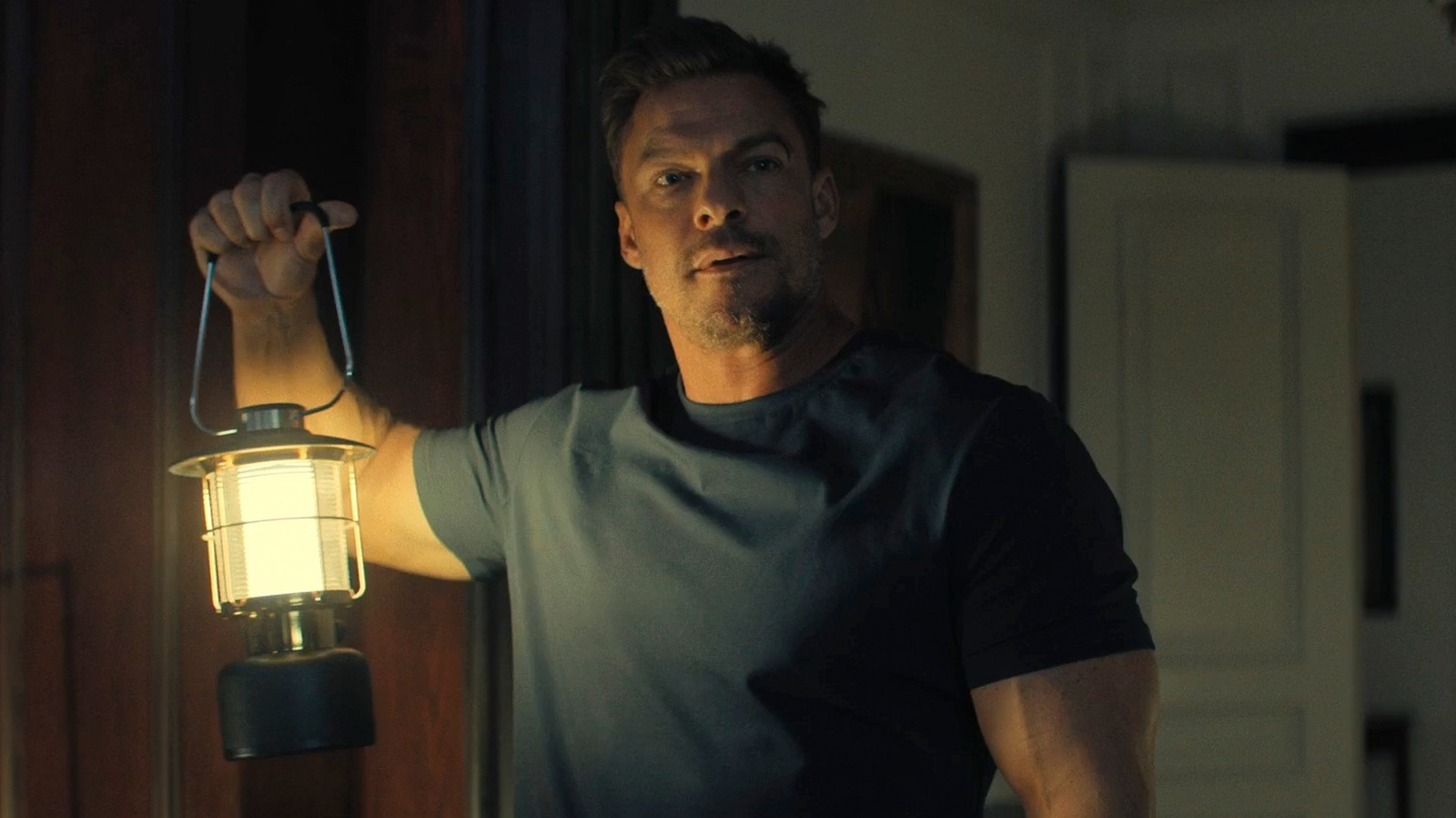Rapid Read • 8 min read
Spain's Supreme Court has ruled that 13th-century Romanesque murals, removed from the Sijena Monastery during the Spanish Civil War, must be returned to their original location in Aragon. These murals have been housed in the National Art Museum of Catalonia (MNAC) since their removal in 1936 after a fire damaged the monastery. The decision is celebrated by the Aragonese government but raises concerns among experts about potential damage to the fragile artworks. The MNAC has maintained the murals in climate-controlled conditions, and Catalan officials argue that moving them could cause irreversible harm. The court's ruling dismisses previous agreements that the Catalan government claimed justified their custody, stating that the Sijena religious order never relinquished ownership.
AD
The court's decision has significant implications for cultural heritage management and regional relations in Spain. While it resolves the legal ownership dispute, it poses challenges for the preservation of the murals, which are considered fragile even by conservation standards. The ruling highlights the tension between legal rights and conservation needs, with MNAC officials emphasizing the necessity of a comprehensive conservation plan to ensure the safe transport and installation of the murals. This situation underscores the complexities involved in repatriating cultural artifacts, balancing legal, ethical, and practical considerations.
The enforcement of the court's decision remains uncertain, as MNAC officials insist that the murals cannot be moved safely without a detailed conservation strategy. The museum has proposed a phased approach, suggesting that less delicate works could be returned first, while the central frescoes' fate is still undecided. This ongoing dialogue may lead to compromises that address both legal obligations and conservation concerns, potentially involving collaborative efforts between Aragon and Catalonia to safeguard the murals during their transfer.
This case highlights broader issues in cultural heritage management, such as the ethical responsibilities of museums in preserving and returning artifacts. It raises questions about the balance between legal ownership and the practicalities of conservation, especially for artworks that are vulnerable to environmental changes. The situation may influence future policies on artifact repatriation, encouraging more collaborative approaches to ensure the preservation of cultural heritage while respecting legal rights.
AD
More Stories You Might Enjoy












